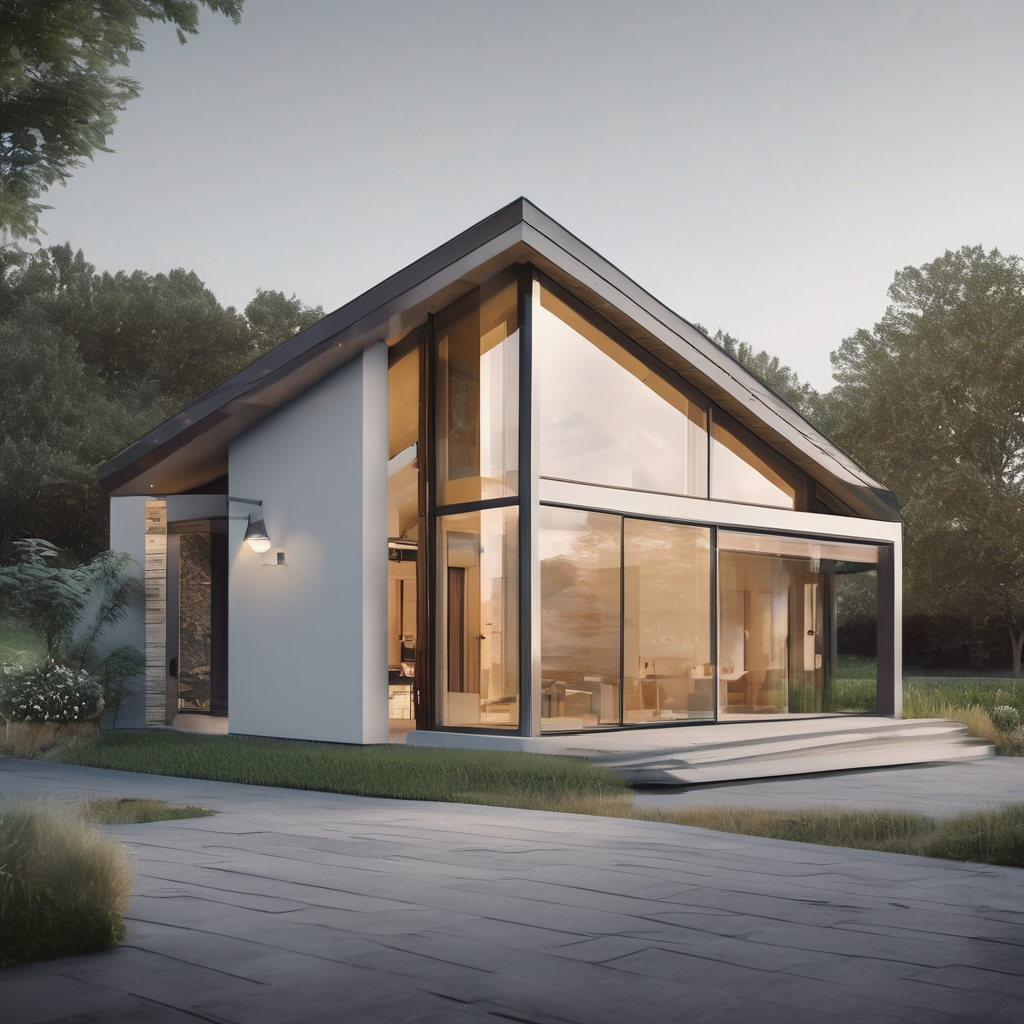Practical Space-Saving Strategies for UK Homes
Maximizing space in a UK home often begins with clever storage solutions tailored to smaller rooms. Vertical storage is a game-changer—think tall shelves or wall-mounted cupboards that free floor space while adding storage. Built-in units fit snugly into awkward corners, transforming unused nooks into practical places to store belongings without crowding living areas.
Decluttering tips UK residents find effective usually emphasize regular editing of possessions. Start by categorizing items and deciding what’s essential, then donate or recycle what’s rarely used. This process not only clears clutter but also creates a tidier feeling, enhancing the room’s perceived size. One important space-saving hack is to avoid replacing clutter with excess storage; instead, aim to keep surfaces clear to maintain openness.
Also to read : What Are the Common Mistakes to Avoid When Searching for a Home in the UK?
Furniture choices make a big difference too. Opt for foldable chairs, tables, or sofas that tuck away when not in use. Multi-purpose pieces, such as ottomans with storage inside or beds with drawers underneath, maximize usability without sacrificing space. These space-saving hacks fit perfectly into the realities of UK homes, where flexibility and smart design are essential.
Organizing Small Rooms for Greater Usable Space
Maximizing space in small rooms is possible through smart room organization strategies that create practicality without sacrificing style. One effective approach is utilizing often-overlooked areas, such as under-bed storage, which offers a discreet spot for items you don’t need daily but want easy access to. Staircase nooks in UK homes also serve as excellent opportunities for built-in storage compartments, transforming dead space into functional solutions. Similarly, alcoves can become custom shelving or cupboards, adding both storage and character.
Also to see : How Can Home Design Trends Impact Your Property’s Market Value?
Dividing open-plan rooms into distinct zones enhances usability by clearly defining each area’s purpose, whether it’s a workspace, lounge, or sleeping corner. This zoning strategy intersects with organizing small rooms by making multifunctional spaces feel less cramped and more structured.
Consider a common UK example: a compact living-dining room uses a narrow console behind a sofa to stow dining essentials, while a fold-down desk in an alcove becomes a home office. These storage ideas UK homeowners adopt balance efficiency with aesthetic appeal, encouraging a more organized, spacious feel in compact living environments.
Furniture and Decoration Techniques to Increase Perceived Space
When addressing small home decoration, choosing multi-functional furniture UK is a key strategy. Furniture that serves dual purposes, such as sofas with hidden storage or foldable tables, maximizes utility without overcrowding rooms. These pieces help keep clutter at bay, creating a tidier, more spacious environment.
Visual space expansion can also be achieved through thoughtful design elements. Mirrors placed strategically reflect light, making rooms appear larger and brighter. Similarly, adopting light colour schemes on walls and upholstery amplifies natural light, enhancing openness. Minimal decor avoids visual noise, allowing each element to breathe and contribute to a cohesive space.
For uniquely shaped or awkward areas, bespoke and fitted solutions offer tailored functionality. Custom cabinets or built-in shelving optimize nooks that might otherwise be wasted. This not only improves storage but also maintains streamlined aesthetics suitable for compact living.
Combining multi-functional furniture UK, smart decoration techniques, and custom fittings transforms small homes into practical, inviting spaces that feel significantly larger than their actual dimensions.
Legal and Planning Considerations for Home Extensions
Understanding UK home extension laws and planning requirements
When undertaking a home extension, navigating UK home extension laws is crucial to avoid costly delays. Most homeowners must first determine if their project falls within permitted development rights, which allow certain extensions without planning permission. These rights often cover loft conversions, small rear extensions, and some basement enlargements, but restrictions on size and location apply.
Obtaining planning permission becomes necessary if the extension exceeds these limits or impacts neighbor amenity, building aesthetics, or local conservation areas. It is essential to consult local planning authority guidelines early to assess the extent to which you can maximize the footprint without breaching regulations.
Changes affecting storage and internal layout are also subject to building regulations, meaning alterations might require separate approvals to ensure safety and compliance. Collaborating with architects and planning consultants helps clarify these rules and streamlines the application process. Their expertise ensures that your design meets both aesthetic desires and legal mandates, safeguarding your investment and preventing enforcement action.
Understanding Robot Hoovers: How They Clean
Robot hoovers combine advanced sensors, mapping technology, and efficient brushes to clean floors autonomously. Their key strength lies in their ability to navigate around obstacles, adjusting routes in real time. This means they can methodically cover your entire room, reducing missed spots compared to traditional vacuuming.
A robot hoover uses a combination of suction and rotating brushes to capture dust, pet hair, and debris from various surfaces. Most models feature multiple cleaning modes tailored to different floor types, including carpet and hard floors. This versatility ensures effective dirt removal without manual adjustments.
Connectivity plays a crucial role as well. Through smartphone apps or voice controls, users can schedule cleaning times, select specific rooms, or set no-go zones. This flexibility gives you control while maintaining hands-free cleaning—a significant convenience.
For households with pets, many robot hoovers are designed with specialized brushes and filters that trap allergens effectively, improving indoor air quality. Moreover, their slim designs allow them to clean under furniture where dust often accumulates.
Understanding these features and their interplay helps in choosing a robot hoover that fits your cleaning needs with efficiency and reliability.




